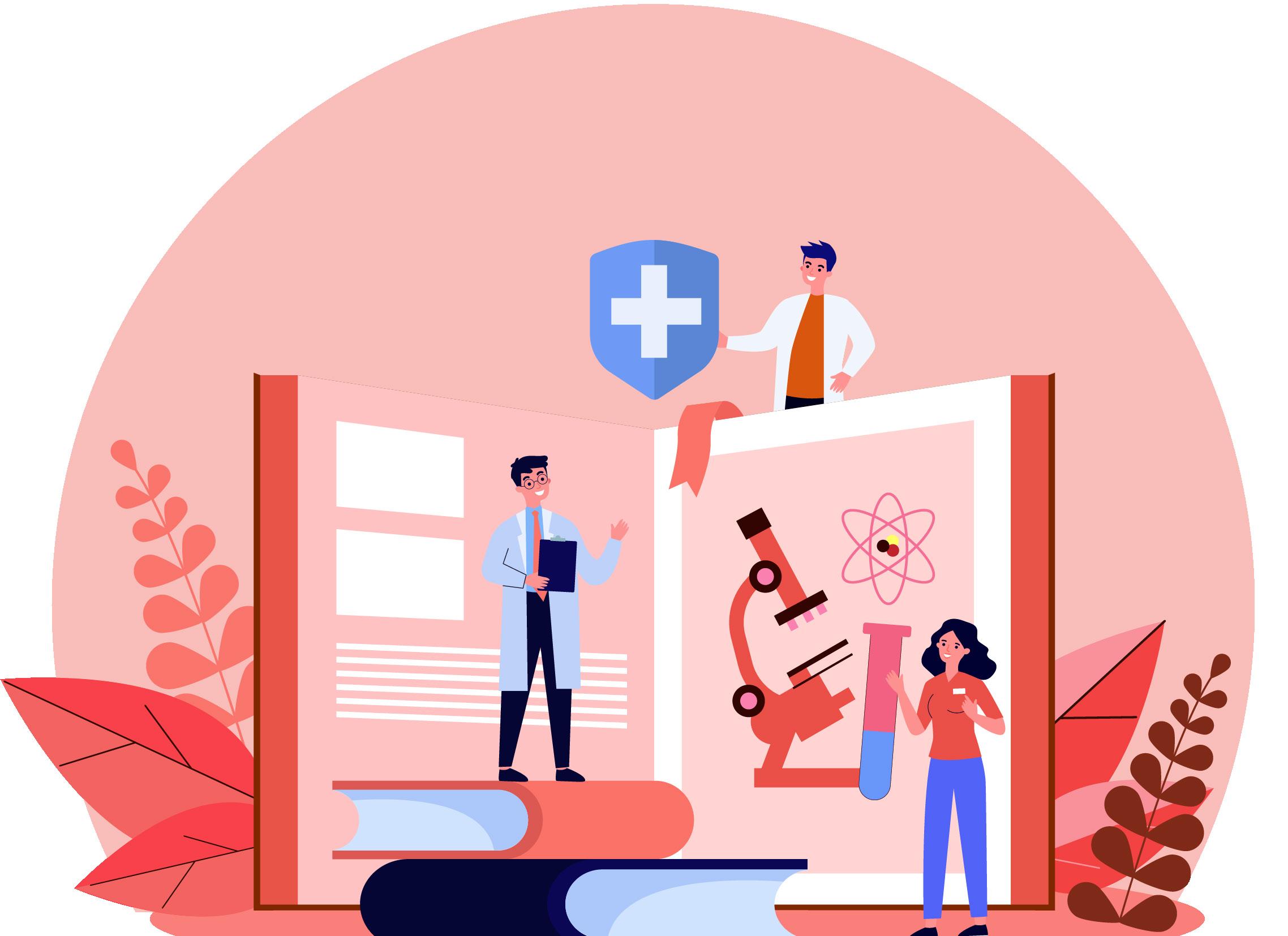
8 minute read
Health & Nutrition
from 2022 Sustainability Report
by Sigma
Sustainable innovation
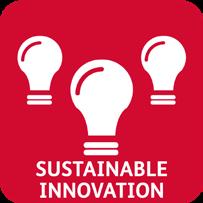
3-3: Innovation, research, development, and scientific collaboration
SASB FB-PF-260a.1, FB-PF-260a.2
SDG 2: Goals 2.1, 2.2, 2.4, 2.5, 2.a, 2.c || 3: Goal 3.8 || 8: Goals 8.2, 8.3 || 9: Goals 9.2, 9.4, 9.5
We remain leaders in the market through innovation. We offer our consumers delicious and balanced options.
Our goal and progress
Progress: 1.8x
Portfolio innovation
2025 goal 2x
We drive innovation as a key component to maintaining consumer preference. Our Innovation and Research & Development teams include over 200 specialists, technology centers in Mexico and Spain, 6 pilot plants, and 12 regional research centers. As of 2022, we have more than 40 patents and utility models that protect intellectual property. We also collaborate with academic institutions around the world to enhance our research efforts. These institutions include Tecnológico de Monterrey, Ghent University, Universidad de Burgos, as well as technology centers including the CARTIF Technology Center, ANIA, among others.
One of our main challenges for 2022 was to focus our innovation efforts on the standardization of health and wellness metrics. We also stipulated clear criteria for the categorization of innovative products. During the year we integrated the Innovation Dashboard, a new platform for tracking and monitoring innovation results at Sigma. This tool makes data collection and the management of KPIs by market more efficient.
Focus on health and wellness
Our efforts around the Health and Wellness6 portfolio include working on offering better nutritional profiles, functional foods or products with plant-based protein, among others. For example, we adhere to international recommendations and cater to customers seeking a product offering reduced sodium, sugar, and fat.
As part of our sustainability commitments for 2025, we have set a target to double the sales of products launched through the Health and Wellness portfolio compared to 2019. At the end of the year, this platform’s sales grew 1.8 times over the baseline.
Examples of our Health and Wellness portfolio releases in 2022:
Plant-based Frankfurters & Vegwurst sausages
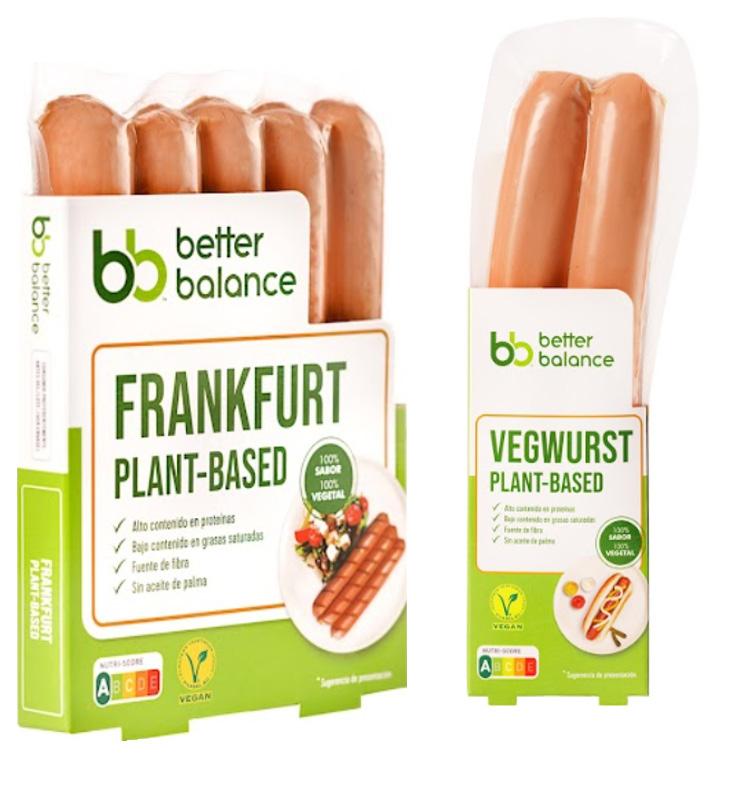
Dehydrated fruit chips
Better Balance - Spain
High in protein and low in saturated fat.
Turkey mortadella
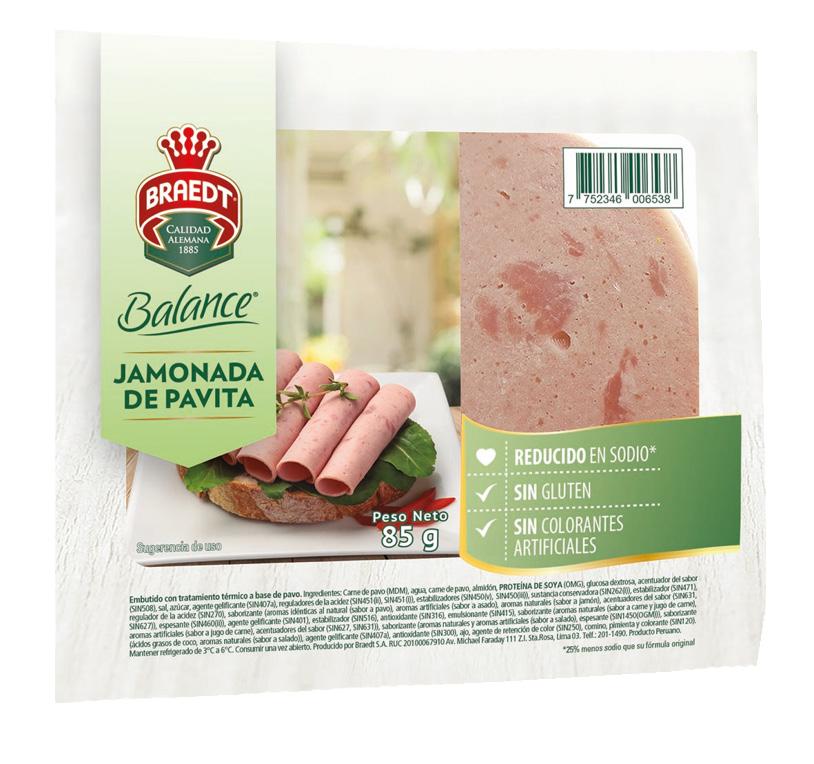
Not fried, no added sugar and made with 100% fruit.
Chicken fillet
No added sugar or saturated fat, with added fiber.
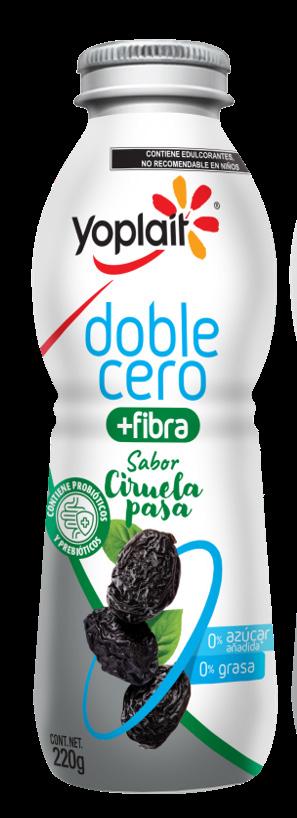
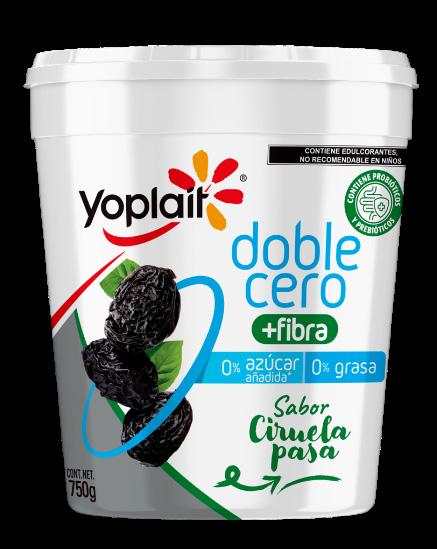
Braedt Balance - Peru
Reduced sodium, gluten free and no artificial colors.
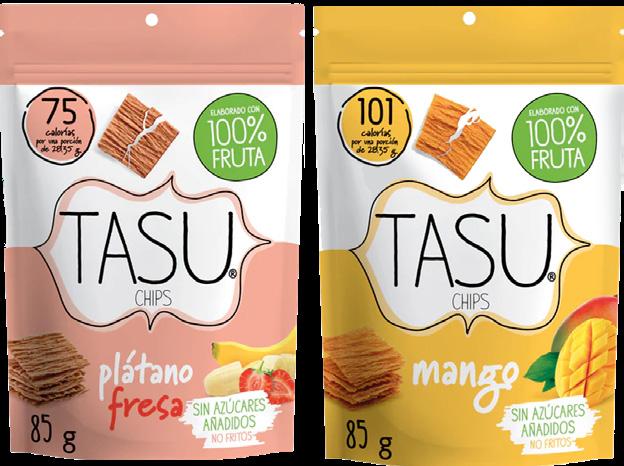
Without added nitrite, low in fat, low in salt.
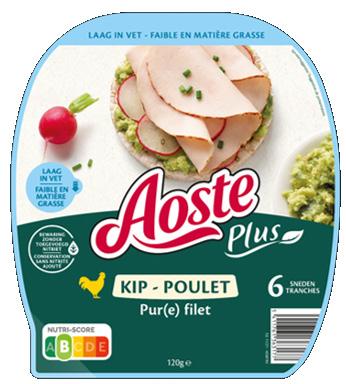

Some of the main innovation initiatives of 2022 were:
Third Global Innovation Forum
More than 1,700 employees from all operating areas participated, seeking to permeate a culture of innovation.
Innovation Meetings
We held three meetings to foster the exchange of knowledge and experiences around new product categories, market trends, and innovation platforms.
Digital Innovation Platform
We consolidated information about the company’s launches in the new Digital Innovation Platform to encourage an organized and detailed exchange of ideas and innovation projects throughout the operations.
Innovation Guides (Innovation Framework Book)
We documented best practices and considerations for efficient processes in the development of new products.
Innovation Community
We continue to empower the team that has developed advanced capabilities and demonstrated leadership in building the company’s innovation culture.
SIM (Sharing Innovation Meetings)
We organize internal webinars with experts to inspire and motivate employees to propose healthier and more balanced products, as well as share practices and learnings across regions and Organizational Units.
Trend Webinars
We also conducted four internal webinars to discuss new sector trends and advancements with experts.
Training
We trained the Research and Development team on nutrition topics to develop new products for our consumers.
Innovative and sustainable packaging
During the year, we also worked on different initiatives to increase the use of recyclable materials in our packaging, as well as to integrating additives in some of our products that improve packaging biodegradability to achieve this process in a period of five to seven years (vs. 500 years for regular packaging). We conducted training workshops with our suppliers to prototype the packaging of the future and collaborated with the marketing team to communicate the use of biodegradable materials.
For more details on these initiatives, please visit the “Circular Economy” subchapter and material topic on page 46.
Use of byproducts
We were able to take advantage of dairy byproduct products with high nutritional value in Mexico, supported by the technological expertise of the Research & Development team. This required a US$6.6 million investment in infrastructure to produce high-quality whey.
Additionally, in Europe, we signed a biotechnology joint venture with a pharmaceutical company to take advantage of an animal by-product with anticoagulant properties of great interest and potential for the health sector, as it is widely used for human health and in medical practice. We see a double positive effect in this; it will be an additional source of income and there will be a greater use and reuse of raw materials from our production process.
Product Development Policy
The Product Development Policy, updated in 2021, establishes responsibilities, global guidelines, the method for product design, compliance with local regulations, and the promotion of continuous improvement through the exchange of best practices.


Available here
Building the future of food
Always seeking to be one step ahead of the needs of our customers and the communities in which we participate, Sigma will prevail as a benchmark in health and sustainability issues in the sector, relying on collaborating with suppliers, research centers, and customers.

Better Balance

FB-PF-260a.2
During 2022, we continued our global strategy of projects focused on developing the food of the future through the launch of our Better Balance brand. This brand has been developed as a global platform, which considers executing products made entirely from plants (vegan), as well as options that only use secondary animal ingredients (vegetarian). In this way, we can cater to the different nutritional profiles that consumers are looking for. “ “
Better Balance plant-based protein options are ideal for incorporating into traditional recipes for a great culinary experience. Learn more about Better Balance products: here
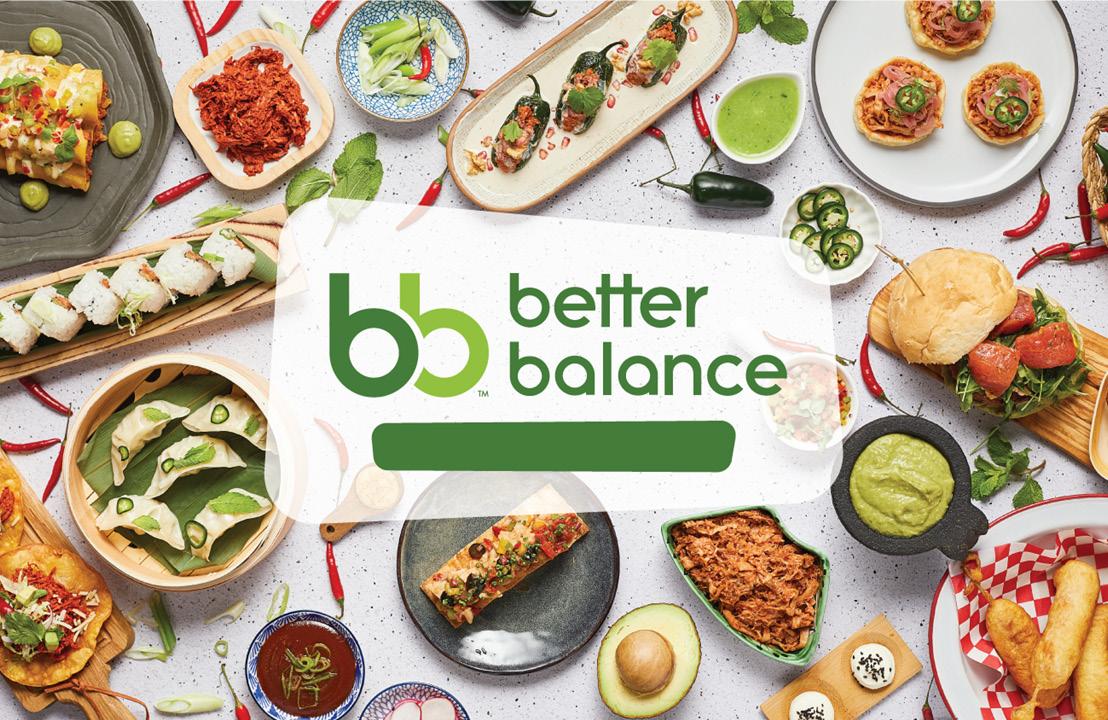
Assessing our products’ impact


FB-PF-410a.2
We have chosen to develop new products that are environmentally friendly. To achieve this, during 2022, we conducted the first Life Cycle Analysis (LCA) to understand the impact of our offer throughout the production process. The case study was an alternative protein dairy product. In this way, we will strengthen our value chain’s decarbonization strategy at the product level. These studies will give us greater visibility of raw materials and processes that can be optimized to maximize quality and minimize environmental impacts.
Collaborating with entrepreneurs
We collaborate with entrepreneurs around the world to develop solutions that modernize the food industry. Tastech by Sigma, our open innovation program, seeks to revolutionize the industry through unique and disruptive ideas and products.

More than 900+ startups in 41 countries have participated in the program and the 30 startups with the greatest potential were selected to conduct pilot tests in 6 countries.
3 Editions 41 Countries


Tastech by Sigma’s 2022 Challenges
900+ applications 30 pilot tests


Tastech invites entrepreneurs to put their projects to the test in four challenges to transform the way the food that nourishes us is produced, distributed, and commercialized:
New Business Models Future Foods
Disruptive concepts that improve the consumer experience through new food concepts, purchasing formats and efficient distribution channels.
Foods and ingredients with high protein content, as well as solutions that increase nutritional value and reduce sodium, sugar, and fat content.
The future of our innovation strategy
Working to make innovation a key driver in market capture across all regions will remain a priority for our team. We will continue offering delicious and balanced options to consumers, unifying and aligning Sigma’s innovative vision.
To learn more about the startups that conducted pilots with Tastech by Sigma in 2022, visit: here

Green Tech Power Connections
Sustainable processes that enable the use of by-products in the food industry value chain, reduce the carbon footprint of packaging and improve efficiency in transportation, especially refrigerated transport.

Tools and applications for the analysis of consumer trends and the development of new shopping experiences, as well as the optimization of points of sale, logistics or routing and supply chains.
Quality and food safety
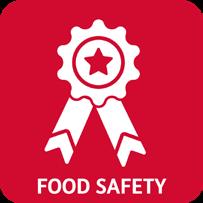
3-3: Quality and food safety || 416-1
SASB FB-MP-250a.2, FB-MP-410a.3, FB-PF-260a.2
SDG 2: Goals 2.5, 2.c || 3: Goal 3.8
We strengthen practices and processes to make our products’ quality a competitive advantage. This involves transforming our internal culture and using controls and technologies to create safe and high-quality products that are favored by consumers.

Our goal and progress
Progress: 94%
Quality and safety in food processing
2025 goal 100%
The Sigma Quality and Safety Policy, updated in 2021, aims to build a culture and operating standards that enable us to exceed the quality and safety expectations of our consumers and customers.
The policy is made up of seven fundamental pillars: 2-23,
2-24
Quality and Safety Culture
We promote, communicate and live by the company’s essential behaviors in relation to quality and food safety at all levels of the organization. In addition, we reinforce this culture with training for new recruits at the manufacturing sites and specific training aligned to the needs of each operation.
Quality and Safety Management System
We comply with corporate quality guidelines and safety procedures such as GFSI (Global Food Safety Initiative) recognized standards, international food regulations and prerequisite programs.
Supplier Development Standards
We establish requirements for the approval, evaluation and development of our suppliers and analyze their performance to prevent the entry of defects into our value chain through strategic projects.
Measurement Management System
We develop and implement valid and reliable measurement methodologies to verify compliance with our standards in products, processes, and infrastructure.
Sanitary Design and Hygiene of Facilities and Process Equipment
We promote the implementation of hygienic design principles in the acquisition and renovation of our equipment and facilities to prevent defects and cross-contamination risks, based on international guidelines.
Quality, Safety, Legality, Authenticity and Food Defense in the Value Chain

We integrate the fundamentals of quality, safety, legality, authenticity and food defense in the design, development, label declaration, manufacturing, handling and distribution of our products.
Product Traceability and Crisis Management
Ensuring the accuracy, reliability, and integrity of our traceability system through the implementation of tools that facilitate data collection. Increasing the efficiency of our crisis resolution and management processes.
Collaborating with global partners
2-28
We collaborate with organizations that specialize in the development of food safety processes, criteria, and technologies, driving the competitiveness of our industry for consumers’ benefit. Globally, we participate in associations such as the International Association for Food Protection (IAFP) that allow us to share best practices in food supply protection. In Mexico, we are part of the local GFSI working group in charge of promoting food safety actions in conjunction with the National Agrifood Health, Safety and Quality Service (SENASICA). We have also contributed to the integration of GFSI criteria into Mexican regulations under a collaboration model that was later replicated in other countries. In Europe, we work with the European Hygienic Engineering Design Group (EHEDG), participating in training, conferences, and forums designed to strengthen food technologies. We are currently collaborating with the EHEDG on the development of a new global reference standard focused on strengthening safety practices during meat processing.
We certify our operations
FB-PF-260a.2
Our plants have robust management systems that allow us to operate under the highest quality and safety criteria. Currently, 94% of our plants7 are certified under GFSI8, the most widely recognized global food safety initiative. We are on track to achieve our goal of certifying 100% of our plants by 2025.
We have the certifications required by the U.S. Food and Drug Administration (FDA) and the U.S. Department of Agriculture (USDA) for plants in Mexico that export to the United States.
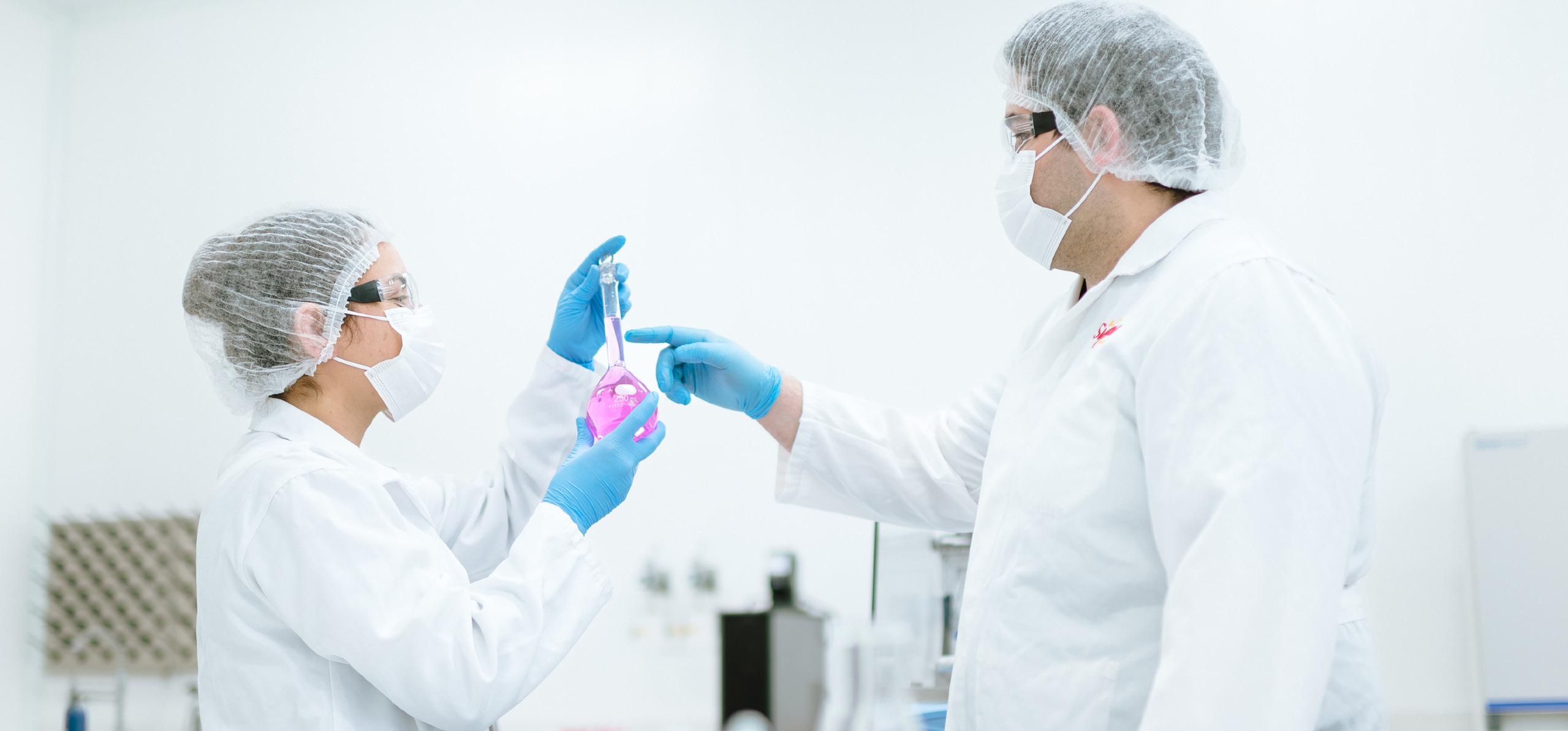
Safety and quality in finished products

Our quality and safety indicator monitoring systems in finished products allow us to ensure we deliver safe products to our customers. As part of our prevention approach, we have environmental monitoring and inspection plans based on each operation’s risks, mitigating them before they affect products. These procedures and the emergency response and crisis management policies integrate country-specific regulations, with consumers as our priority.
Quality and Safety Community
We have a central Quality and Safety team that enables knowledge among the different regions, is at the forefront in detecting and deploying new technologies and defines the long-term vision. In each of the Organizational Units, there is a Quality and Safety leader who ensures the implementation of action plans and process optimization. Lastly, at each site there is a representative in charge of quality and safety control in operations.
